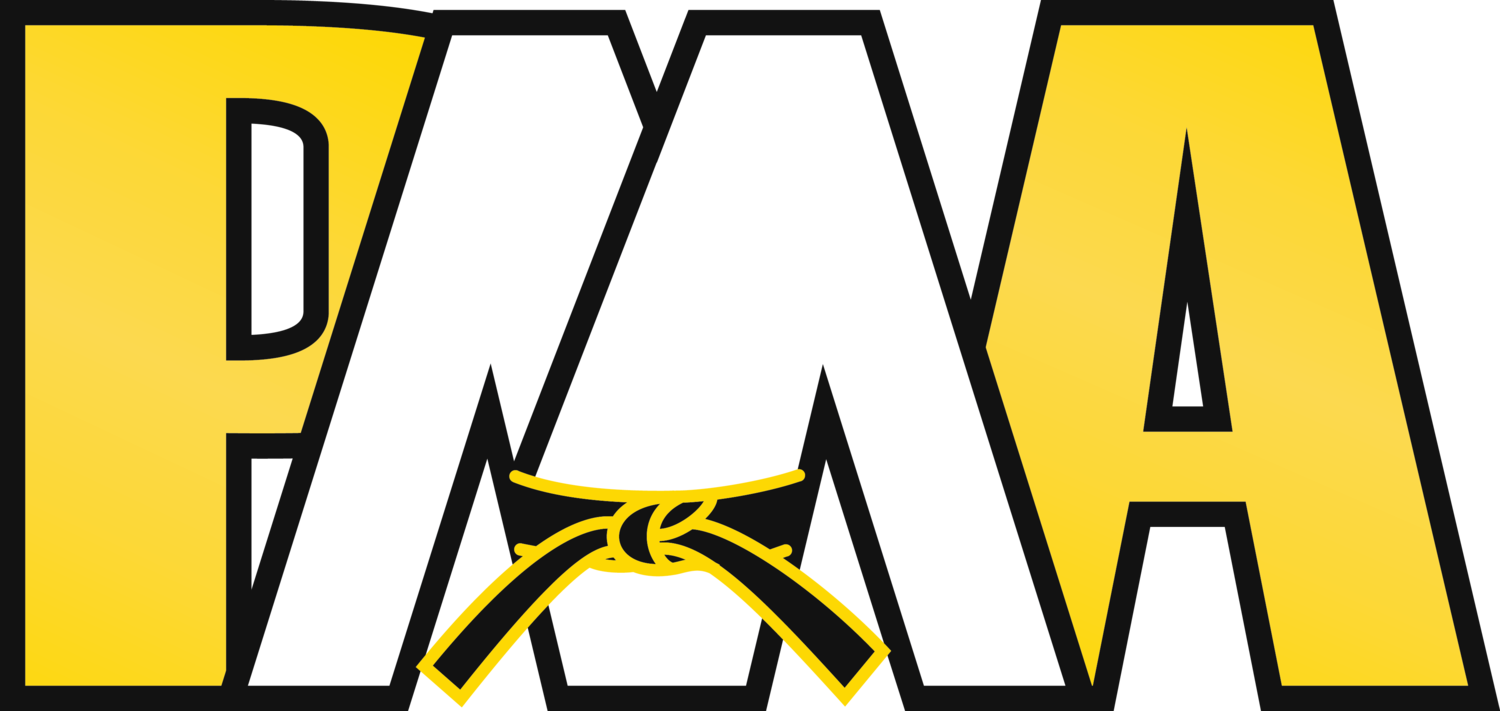The Dynamics of Our Kenpo
Many years ago, long before the term “Mixed Martial Arts (MMA)” was ever coined, this logo was designed.
I chose the triangle to represent strength and improvement. A triangle represents structural strength, but it is also the mathematical symbol (delta) for incremental change. This change is what a good martial artist must continuously seek as necessary to remain effective. However, change doesn’t mean that you abandon your art for another – through the process of refinement and change, you make your art stronger and better. In my case; Kenpo.
The three characters on the triangle represent the base concepts that develop the dynamics of my Kenpo.
The kickboxer represents the use of constant and energetic movement along with the inclusion of aspects from every possible philosophy of kickboxing/boxing, i.e. western boxing, Pananjakman, Panantuken, Savate, American rules, European, Thai – and whatever else the future brings.
The Kali warrior represents the dynamics of weapons; not in the form of just memorizing a weapons kata, but complete integration. This integration means – if I can do it empty hands, I can do it with weapons and vice versa. Weapons training will also significantly develop the awareness of range and entry into combat.
The ground-fighters not only represent the full integration of ground and throwing arts, but also represent the study and mastery of the points of transition from vertical combat to horizontal combat and horizontal back to vertical.
The center of the triangle contains the symbol “taijitu.” The color of this particular version of the symbol represents Jeet Kune Do (JKD). JKD is the root of the inspiration that “started it all,” and opened my path to acceptance, redesign, and change while still maintaining the art of Kenpo. This symbol also represents “integration to create one.” That means we don’t practice each art as a separate way but practice one art (Kenpo) that incorporates aspects of arts with other origins and primary focus.
However, and probably more importantly, the taijitu (Yin & Yang) represents the natural balance of traditional with modern. If you only accept the modern and discard the proven methods of traditional arts or the way Kenpo develops a way of life which includes ethics, benevolence, warrior tradition, and health – you lose balance and meaning.

